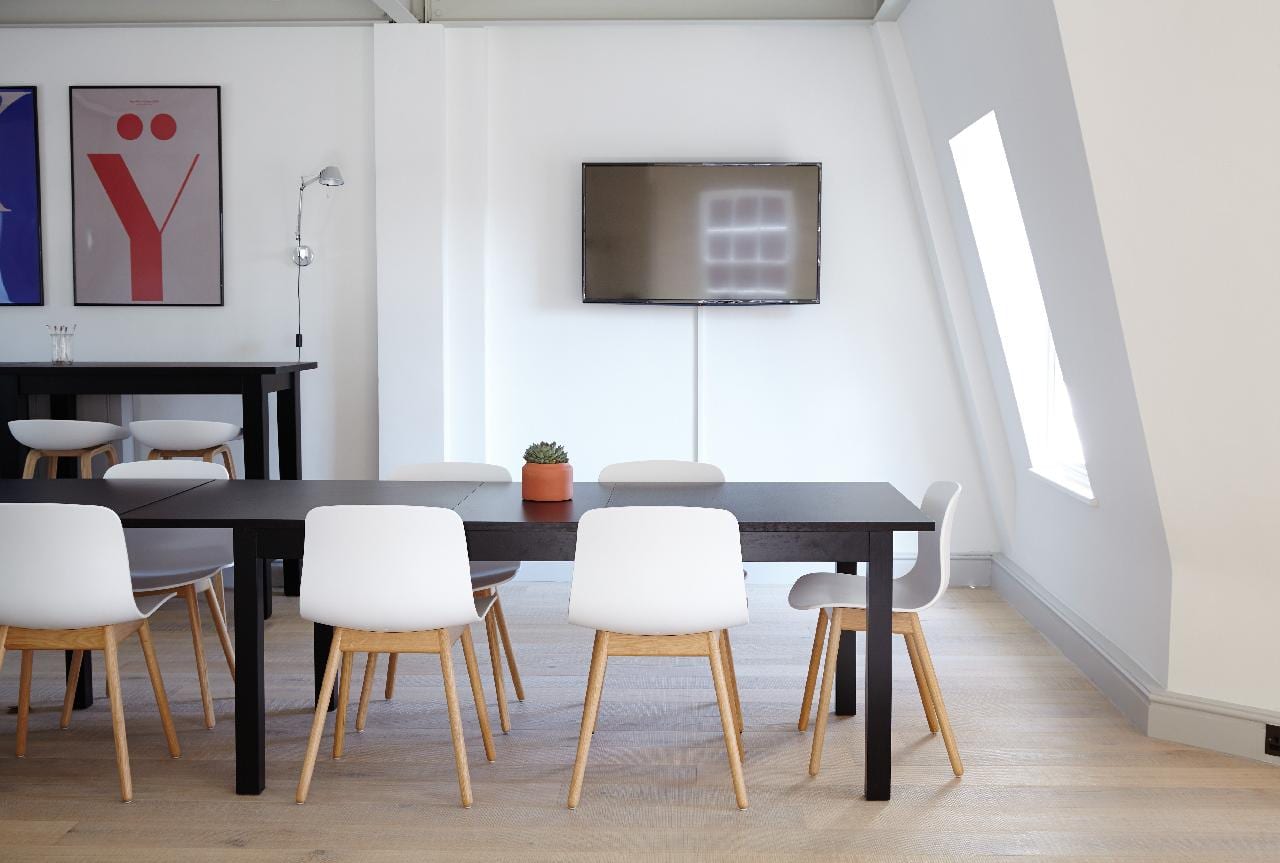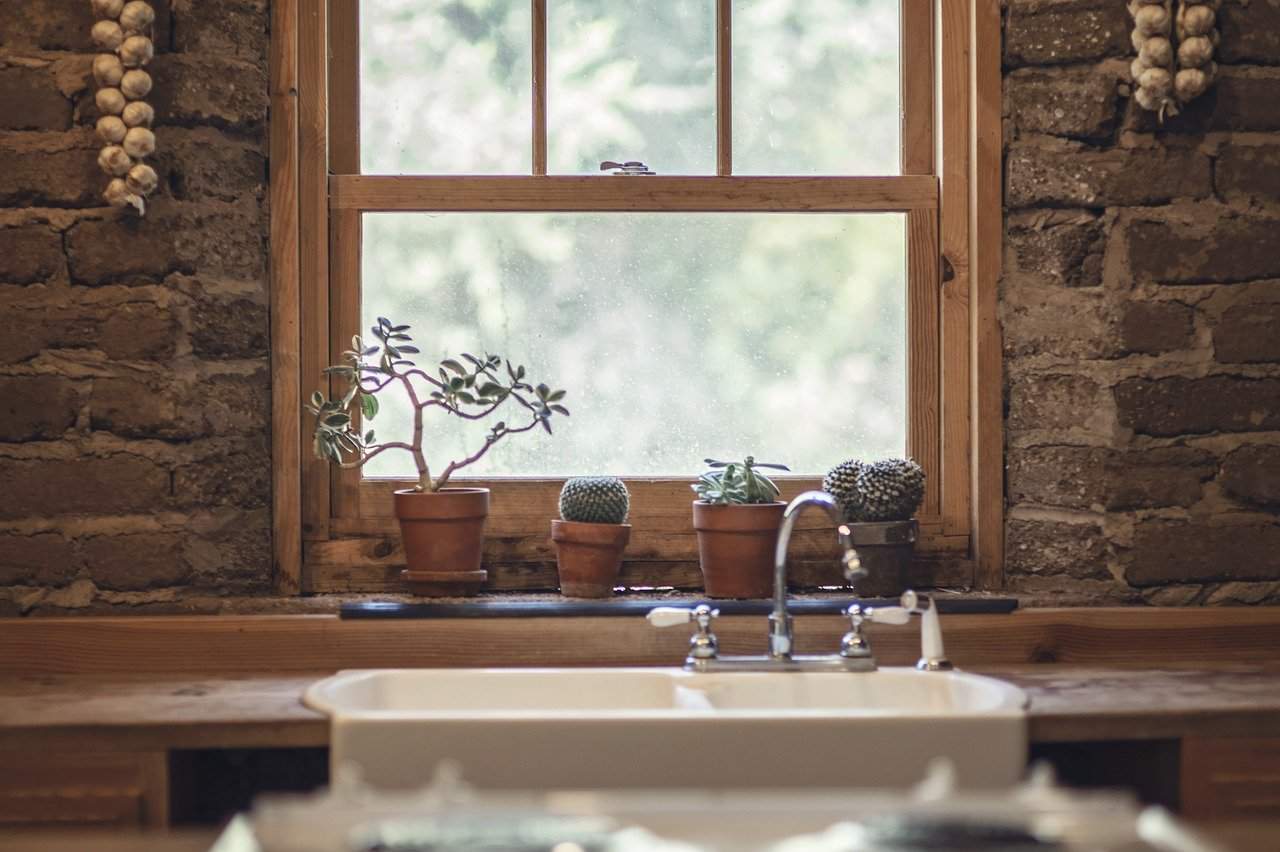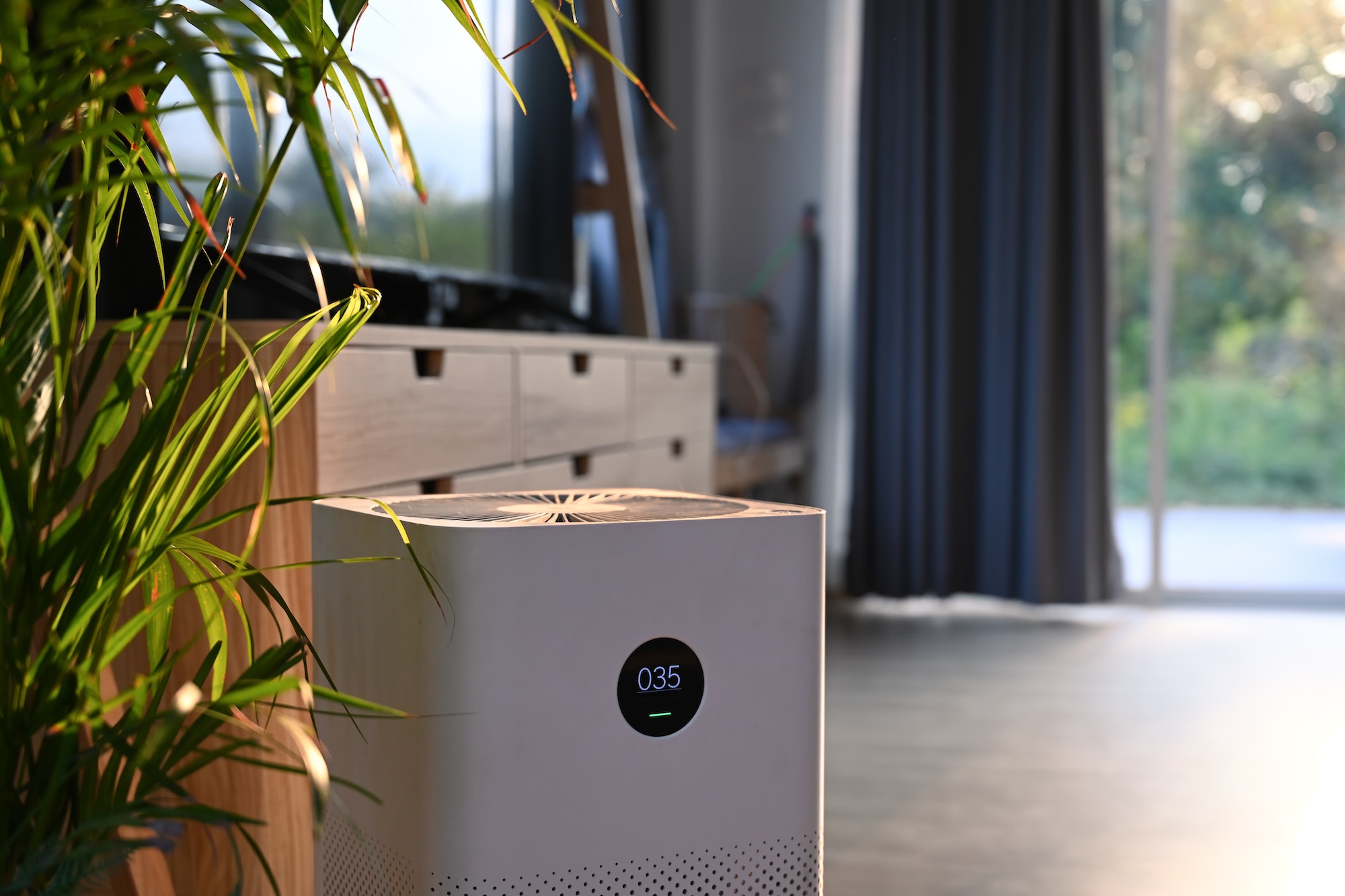A team’s office environment has a crucial impact on peoples’ concentration, productivity, and overall work performance. Numerous studies have proved this in the past.
Now, as people are starting to return from home offices, setting up a workplace environment that’s conducive to focus and productivity is more important than ever. Here are five office design tips that will not only help teams flourish but also impress aesthetically.
Draw Up a Purposeful Layout
In modern-day businesses, teams engage in a broad variety of different activities. Some of them require communal creativity and collaboration. Others are better suited to individual focus and silence.
The floor plan of the office you design should reflect this.
In today’s office interior design, there is no longer a dichotomy between people bustling in open-plan offices, and the traditional cubicle setup.
Instead, the floor plan should provide different kinds of space for individual focus work, collaboration, as well as internal and external socializing and networking.
Optimize Lighting for Productivity
One central factor that determines peoples’ ability to focus and stay alert is the lighting in their workspace. Natural light is best to help people maintain high levels of productivity throughout the day, reducing drowsiness and complaints like eye strain and headaches by up to 84%.
To benefit from natural light, consider the size and orientation of the windows at your disposal when arranging your floor plan. Plan permanent work spaces near sources of daylight and orient desks accordingly.
Remove obstacles that obstruct the flow of daylight through the office. Employ strategically placed mirrors and glass partitioning between individual office spaces to optimize the distribution of light.
As for artificial lighting, choose lights that mimic sunlight both in brightness and hue, and opt for indirect rather than direct lighting.
Harness Colors and Patterns
Color is another powerful tool for office interior design.
Various scientific studies have highlighted the importance of color psychology in the workplace.
Researchers found that shades of blue enhance overall productivity, while greens help foster creativity. Red can boost attention to detail and critical thinking. White, yellow, and uniform dark colors, on the other hand, should be avoided.
In terms of implementation, these colors can be utilized for accenting walls and furniture. Colored fabric elements – like curtains or partitioning panels – have a multifunctional bonus: They soak up distracting noise.
Select Slender, High Furniture
When choosing furniture, avoid squat, massive pieces. They can easily make the office space appear cramped. Instead, pick slender, tall furniture.
Not only do these make your space seem bigger and airier by drawing gazes upwards. They also offer more storage space for the same floor area. Overall, this helps reduce both literal and visual clutter in people’s actual work spaces, which increases productivity.
Add Greenery Accents
Finally, factor in sufficient space for greenery when designing an office. Science has emphatically shown the benefits of having plants in peoples’ workspaces.
Not only does greenery improve air quality by producing oxygen, filtering out dust particles, trapping volatile chemicals, and increasing air moisture. It also has a positive impact on mental health, especially on stress and anxiety.
At the end of the day, having a well-designed, professional physical workspace is a fundamental precondition for productivity and success. By developing a purposeful floor plan, optimizing lighting, harnessing color psychology, choosing the right furniture style, and adding green elements to your office, it is possible to design just such a space – and help teams thrive.
Discover more from Futurist Architecture
Subscribe to get the latest posts sent to your email.




